Name Santiago Vidaurri | ||
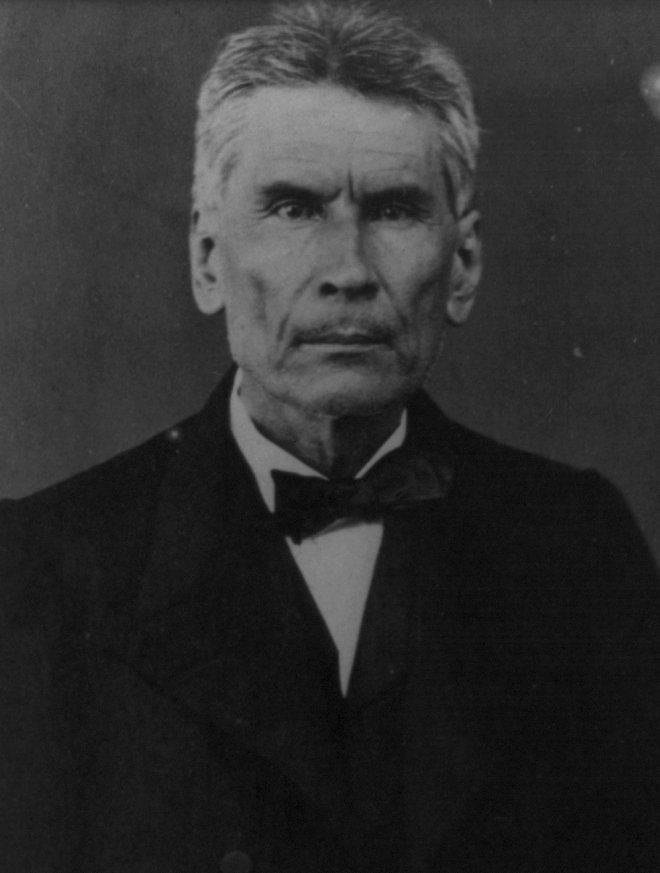 | ||
Santiago vidaurri refundador de nuevo le n
José Santiago Vidaurri Valdez (1809–1867) was a controversial and powerful governor of the Mexican states of Nuevo León and Coahuila between 1855 and 1864. He was an advocate of states' rights. In 1861, he sought an association with the Confederate States of America, which benefited his region economically. Earlier in 1855, he had been a supporter of the Revolution of Ayutla, which brought liberals to power. Vidaurri supported Benito Juarez in the War of the Reform. He later broke with Juarez and supported Emperor Maximilian I of Mexico. When the French regime fell in 1867, Vidaurri was captured and executed for his alliance with the French. In Nuevo León he remains an important historical figure.
Contents
- Santiago vidaurri refundador de nuevo le n
- General santiago vidaurri corrido
- Early life
- Political career
- War of the Reform
- French Empire in Mexico
- Death and Historical Memory
- Family legacy
- References
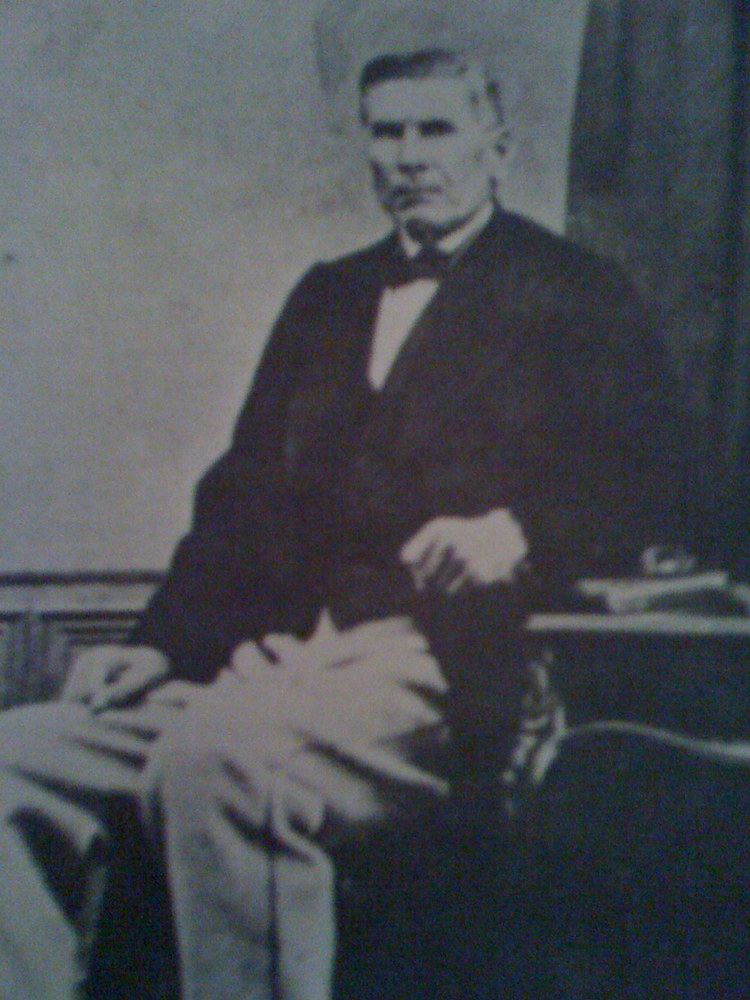
General santiago vidaurri corrido
Early life
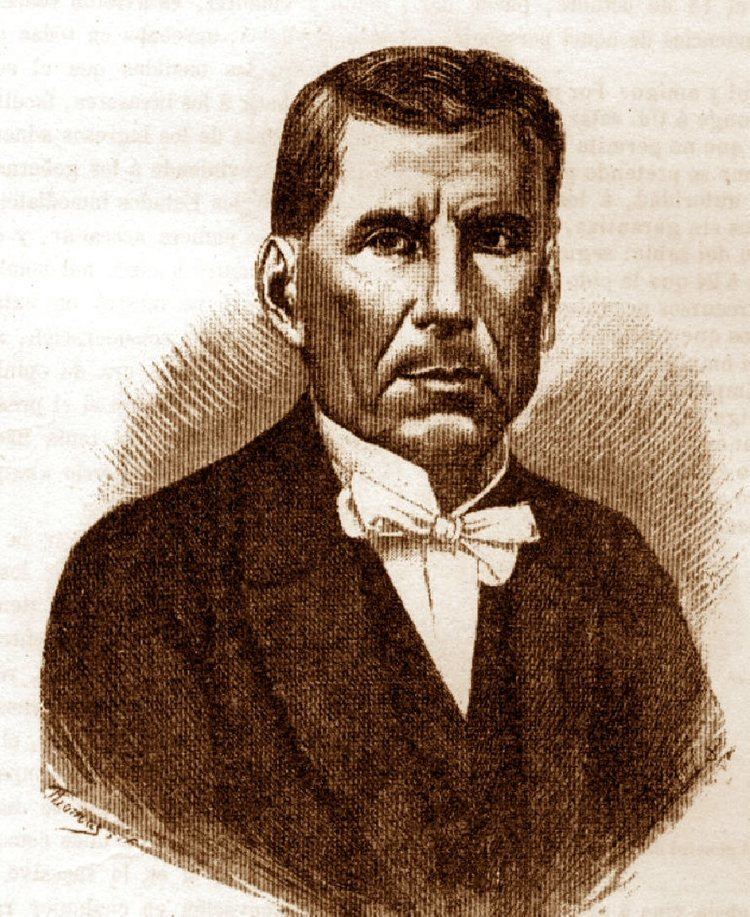
Vidaurri was born in Villa Punta de Lampazos, New Kingdom of León on July 24, 1809, the oldest of the four sons of Pedro José Vidaurri de la Cruz and María Teodora Valdéz Solís. A rumor circulated that "he was the son of an unknown Indian brave, raised to adulthood by roaming bands of indios bárbaros, but his baptismal record shows that he was born in Lampazos in 1809.
Political career
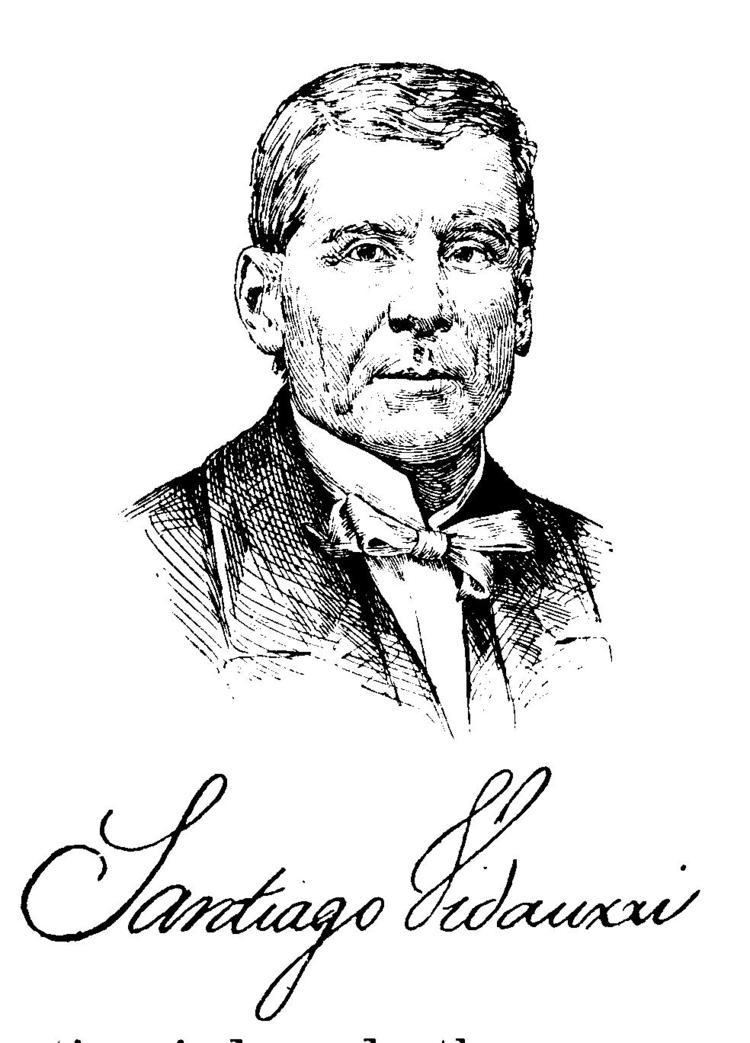
Vidaurri is best known as the strong man of northeast Mexico during the 1850s and 60s, who defended that territory against outside intervention. The first notice of him appears when he cut off a soldier's hand in 1832, with unknown adverse consequences to him, but he went on to become a clerk for the police of Nuevo León, then in 1837 as an assistant to the governor of the state, Joaquín García and then Manuel María de Llano. Vidaurri then became his secretary and was chosen by General Arista to spy on the Texan Santa Fe Expedition, sponsored by Texas President Mirabeau B. Lamar. The purpose was to divert the Santa Fe Trail into Texas and establish control over New Mexico. In the 1840s and early 1850s, Vidaurri worked with Mexican conservatives, but broke with them and joined the liberal revolt against Antonio López de Santa Anna. Santa Anna attempted to strengthen central government rule over Mexican states which had held considerable autonomy. Vidaurri promulgated a plan called "Restaurador de la Libertad" (restorer of liberty), captured the main city of Nuevo León, Monterrery, in May 1855, and became both military commander in the state.

In the southern state of Guerrero, strongman Juan Álvarez organized resistance to Santa Anna and a political plan to oust him. The Plan of Ayutla resulted in uprisings in southern Mexico and were then joined by many in northern Mexico. The revolution of Ayutla then gained the necessary speed it needed when it was joined by Santos Degollado and Manuel Doblado. Vidaurri supported the Revolution of Ayutla and had already seized the opportunity to create his own area of political control in northern Mexico. The northern supporters of the Revolution of Ayutla were important to its success; without such support it might well have been a southern regional rebellion penned in and suffering a war of attrition. In this period Vidaurri's reputation as a liberal was solidified. "Vidaurri had become one of the champions of Mexican liberalism during the first years of his cacicazgo [political area of control] over the northeast, especially its most radical faction, the puros.
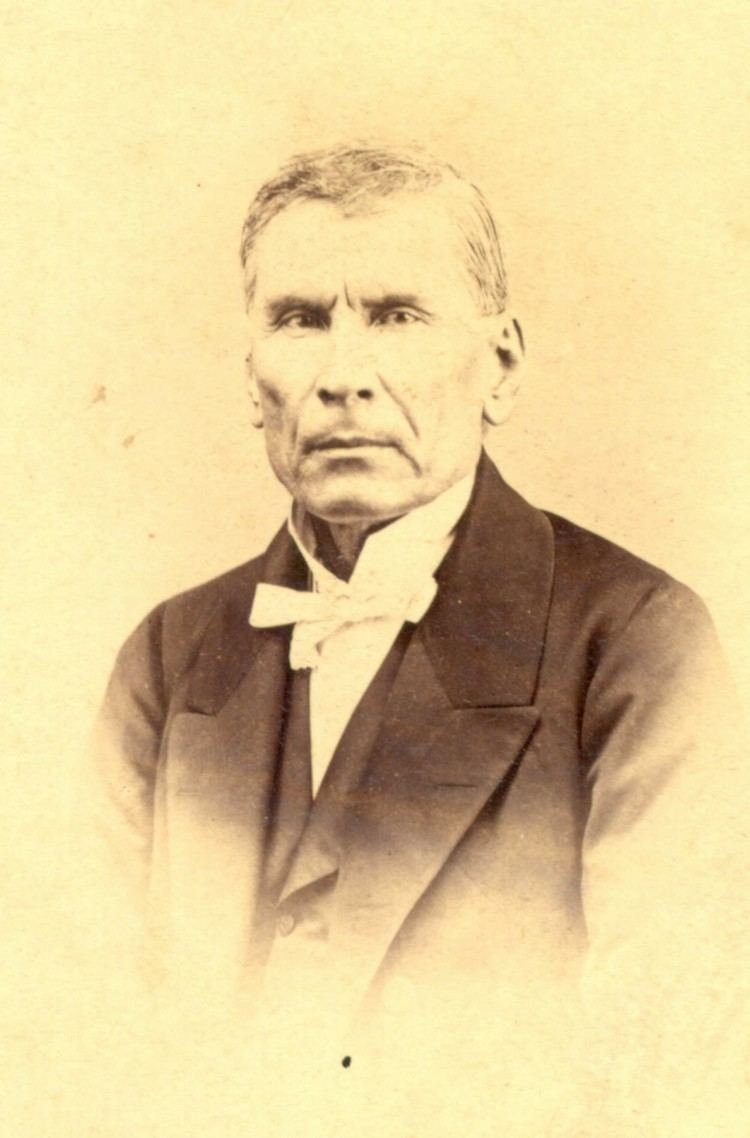
Historian Brian Hamnett argues that following Mexican independence the support for federalism which many Liberals advocated was a kind of institutionalized centrifugalism. Santa Anna's attempts to centralize power met resistance from areas that had exercised a level of autonomy, such as Guerrero under Álvarez and northeast Mexico under Vidaurri. Vidaurri had overthrown the governor of Nuevo León and annexed Coahuila, eliminating any opposition. The forced merger of Coahuila and Nuevo León in April 1856 was opposed by President Ignacio Comonfort, with Vidaurri appealing to the federal congress for support. The central government was too weak to counter his defiance, and it acquiesced to the situation out of necessity. With the ratification of the liberal Constitution of 1857, which had federalist principles of a weak central state and strong states' rights, Vidaurri as leader of Coahuila-Nuevo León was de facto head of a sovereign nation. He had an army, collected customs revenues, and was free of central government interference. He was powerful and potentially dangerous, given the size and location of the territory he controlled in northern Mexico. In Nuevo León-Coahuila, he had dealings with one of the elite families of the region, the Sánchez Navarros, who held numerous haciendas. At various points Vidaurri attempted to force the family to sell him an hacienda, shook them down for a 10,000 pesos "contribution" to shore up the Vidaurri administration when it was short of funds, and sacked a family mansion in Saltillo.
War of the Reform

During the War of the Reform (1858-1860) Vidaurri supported the Mexican Republic headed by Benito Juárez, but during the French intervention in Mexico, he supported the French. Vidaurri raised an army in his merged states of Coahuila and Nuevo León. In September of 1858, Vidaurri's forces were defeated by conservative general Miguel Miramón. One way Liberals sought to finance the civil war against the Conservatives was the sale or confiscation of property held by the Catholic Church. Vidaurri did not wait for formal sanctioning of this policy, but implemented it in his territory, as did Jesús González Ortega. A major source of Vidaurri was revenues that were collected by the customs houses along the U.S.-Mexico border, which he kept rather than turning them over to the federal Liberals. For that Benito Juárez denounced him and some of Vidaurri's allies deserted him to follow Juárez. Evaristo Madero, grandfather of Francisco I. Madero who challenged Porfirio Díaz for the presidency in 1910, was a successful businessman in Northeast Mexico, and was for a time an ally of Vidaurri; Madero broke with Vidaurri and supported Juárez.
French Empire in Mexico
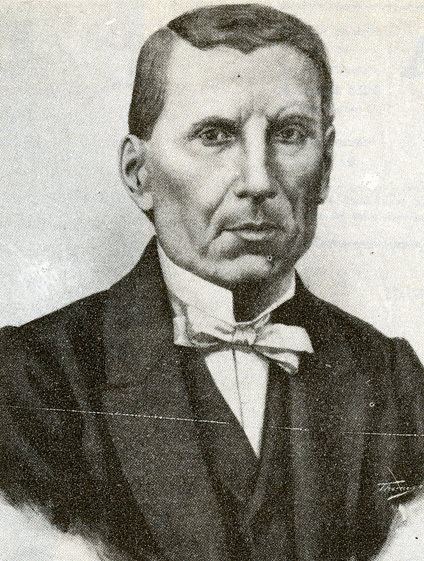
With the secession of southern states from the United States and the formation of the Confederate States of America, Vidaurri had an opportunity to resist the Mexican federal government with a Mexican version of states' rights. With Vidaurri's area of control on the border of Texas, a state that joined the Confederacy, there were a number of beneficial options. One was the formation of the Republic of Sierra Madre, separate from Mexico. Another was annexation of Nuevo León and Coahuila to the Confederacy. Vidaurri met with Confederate agent Juan A. Quintero in June 1861. Texas had been part of the Mexico until the successful Texas Revolution in 1836, creating the Lone Star Republic; then the United States annexed Texas in 1845 and the disputed border with Mexico was the proximate cause of the Mexican-American War (1846-48). However, the trade networks between northern Mexico and Texas continued. Vidaurri's relations with the Confederacy could prove profitable for his territory and insure border peace, and made his overture to Confederate President Jefferson Davis.
Death and Historical Memory

Vidaurri had offered his services to the French invading forces in September of 1864. He moved to central Mexico. When the French monarchy collapsed and Emperor Maximilian was captured, Vidaurri was arrested by a squadron "and executed without a trial as a traitor to the Mexican nation." Other Mexican supporters of the French regime paid with their lives, most prominently Miguel Miramón and Tomás Mejía, Maximilian's two best generals, famously executed with Maximilian in Querétaro. Manuel Lozada, the regional caudillo of Tepic in western Mexico had also supported the French and "had been willing to make alliances with anyone who would recognize his power," survived the fall of the French and gave nominal alliance to Juárez during the Restored Republic (1867-76). But Juárez's successor, Sebastián Lerdo de Tejada sent troops to crush Lozada, who was captured and summarily executed.
Although Vidaurri is often written out of the historiography of Mexico or disparaged for his support of the Second Mexican Empire, he remains an important historical figure in his home state of Nuevo León. A 2007 attempt to erect a statue of Vidaurri in Lampazos, where he was born, was embroiled in controversy.
Family legacy
His daughter, Prudenciana Vidaurri, married on April 23, 1857, prominent Irish businessman Patrick Milmo O'Dowd, of Irish descent, who profited from the cotton trade with the Confederate States of America. The family continued to play an important role in late nineteenth-century Monterrey. The union produced a son, Patricio Milmo Vidaurri, who would marry Patricia Hickman Morales. Patricio and Patricia become the parents of Laura Milmo Hickman, wife of Emilio Azcarraga Vidaurreta, pioneer of Mexican television and one of the founders of the company Televisa. Emilio and Laura were the parents of famous Mexican entrepreneur Emilio Azcarraga Milmo, father in turn of the current board president of Grupo Televisa, Emilio Azcarraga Jean.
